Seaweed Superfood 2021
What is Seaweed?
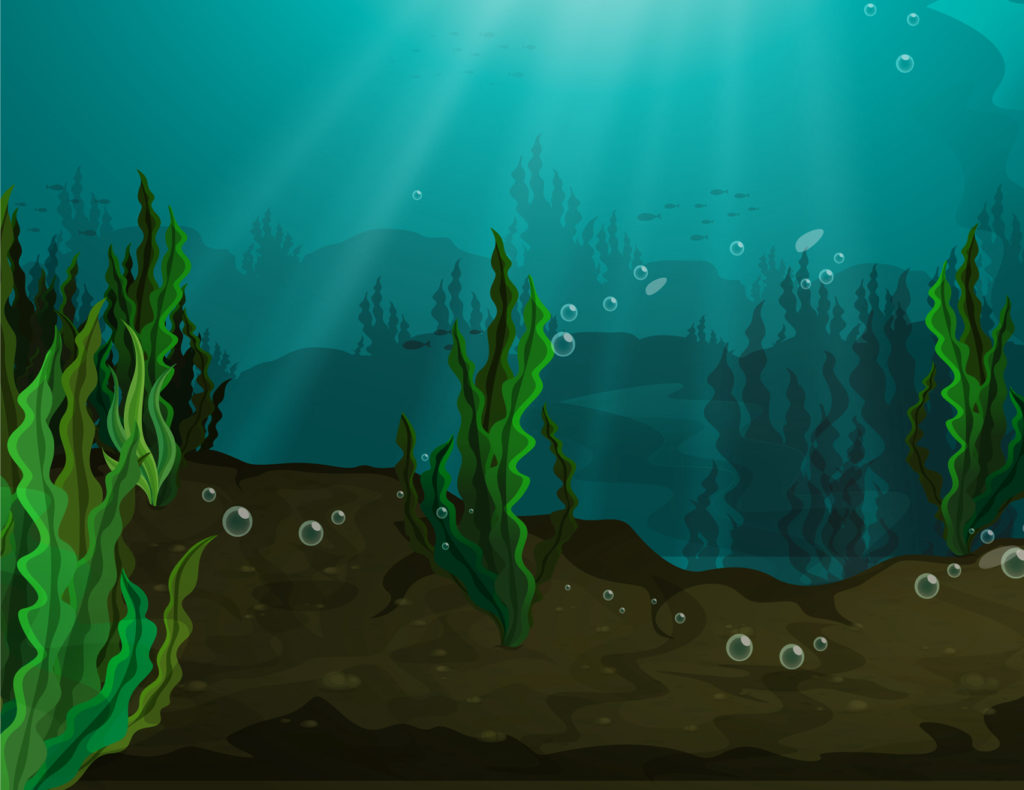
Seaweeds are microscopic forms of algae that grow in the sea and provide the base for most marine food chains. They range from enormous giant kelp forests to medium-sized seaweed found on beaches and shorelines. Seaweed is low calorie, highly nutritious, very versatile, and can be found in a range of dishes including sushi, soups and stews, smoothies, salads, and supplements.
Different Kinds of Seaweed?
Seaweed is often bought dried or preserved and rehydrated before eating. There are a range of types, each with their unique textures, flavours, and applications. Below are some of the most popular edible seaweed types:
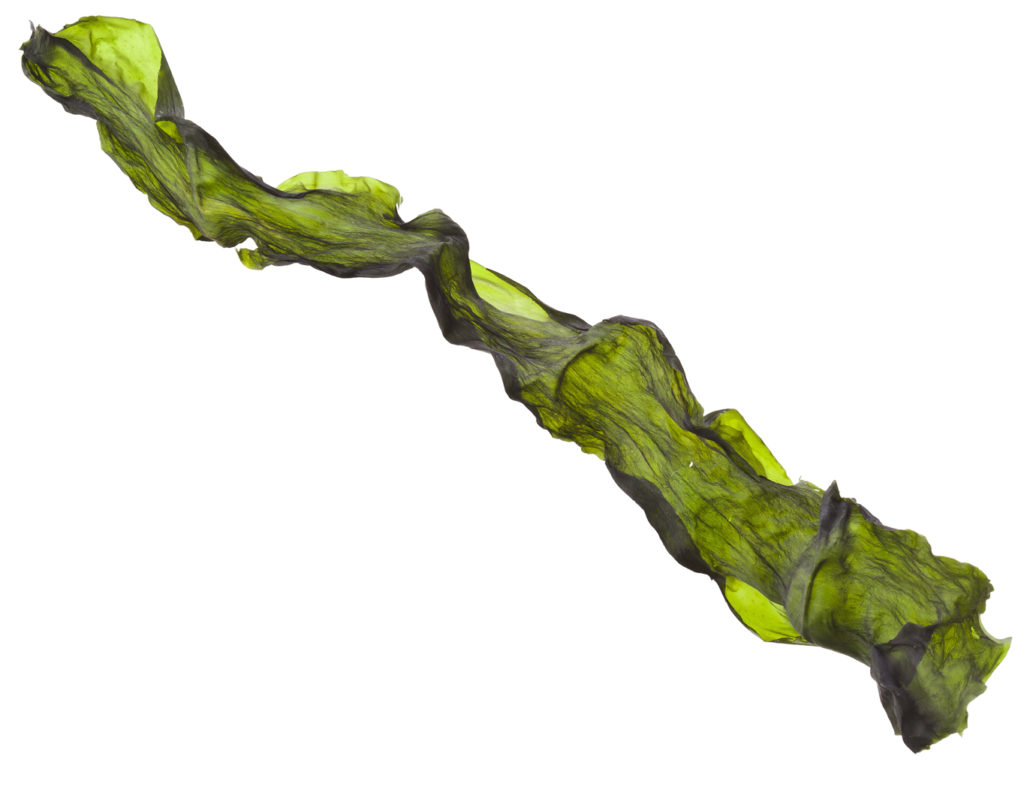
Nori
One of the most recognisable types of seaweed, Nori is dried and pressed into nori sheets and used most often in sushi rolls and onigiri. It is typically eaten dry and used in many East Asian cuisines, namely Korean and Japanese.
Wakame
Wakame is native to many coastal areas around the world and is classified as a brown despite being a dark green colour. It has a slightly sweet and silky texture and commonly used in seaweed salads or miso soups. It is also a great source of omega-3 fatty acids.
Kombu
Another member of the kelp family, Kombu is one of the most popular seaweeds in East Asia. It is the main ingredient in dashi, a foundational soup stock for many Japanese dishes like ramen and miso soup. It can also be powdered to make Japanese tea, Kombucha, which is different from the popular fermented drink in the US.
Arame
Iodine-rich Arame has the sweetest flavour out of all sea vegetables. It’s also packed with beneficial fibre and when dried and cooked, is more delicate and milder in flavour. This makes it the most appealing choice for those just beginning to explore with sea vegetables.
Dulse
Dulse is a reddish seaweed most commonly found in the northern, colder parts of the Atlantic and Pacific oceans. With a range of culinary uses, this variety is sold as dry flakes, shredded, or ground into a powder. It can also be fried in oil to give a taste similar to bacon, making it a popular bar snack in Canada.
Sea Lettuce
Also known as green nori, sea lettuce is a blue-green algae variety found primarily along coastlines. It is crunchy and piquant and has a similar structure and appearance to normal lettuce. This variety is normally found in salads, soups, fish dishes and is high in fibre, vitamins, and minerals, especially iron.
History of Seaweed
Seaweed is thought to have existed for more than three and a half billion years, with archaeological records showing humans beginning to realise its benefits from a few thousands of years ago. Seaweed has long been foraged from rock cliffs and coastlines from all over the world for its properties as food, animal feed, fuel, and fertiliser. This sea vegetable was particularly prominent in ancient Japan, forming a crucial part of their daily diet and tax system.
Benefits of Seaweed
Seaweed is packed with nutrition and antioxidants and has the unique ability to absorb concentrated amounts of iodine from the ocean which the body cannot produce itself. Iodine is a vital trace mineral essential for healthy thyroid functions and early childhood development. It is also rich in protein, vitamins, fibre, low in calorie and fat, and an excellent source of micronutrients including folate, calcium, magnesium, zinc, iron and selenium. The health benefits of such a nutrient-rich food are thought to contribute to immunity, cardiovascular function and overall life expectancy. In fact, the Japanese, whose standout dietary habit includes their regular consumption of seaweed, which also has one of the highest life expectancies in the world.
Iodine Deficiency in Australian Pregnant Women
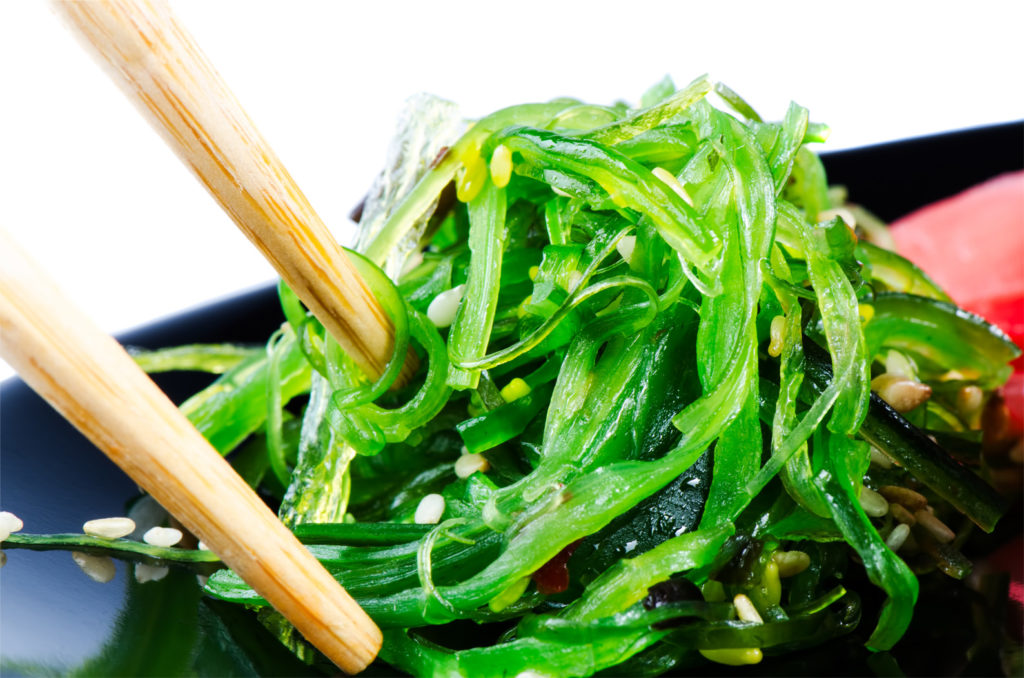
Iodine is an essential mineral for the production of thyroid hormones, responsible for foetal and neonatal brain development, including the nervous system, coordination, alertness, and the five senses. Thyroid activity increases during pregnancy and breastfeeding, meaning both the iodine requirement and risk of iodine-deficiency increases for pregnant women. Because the human body cannot produce iodine by itself, the National Health and Medical Research Council (NHMRC) recommends women who are pregnant, breastfeeding, or considering pregnancy to take iodine supplements of 150 micrograms per day. Hypothyroidism and thyroid deficiency during pregnancy can significantly increase the risk of miscarriage, premature labour, or neurological damage to the foetus.
Iodine is an essential mineral for the production of thyroid hormones, responsible for foetal and neonatal brain development, including the nervous system, coordination, alertness, and the five senses. Thyroid activity increases during pregnancy and breastfeeding, meaning both the iodine requirement and risk of iodine-deficiency increases for pregnant women. Because the human body cannot produce iodine by itself, the National Health and Medical Research Council (NHMRC) recommends women who are pregnant, breastfeeding, or considering pregnancy to take iodine supplements of 150 micrograms per day. Hypothyroidism and thyroid deficiency during pregnancy can significantly increase the risk of miscarriage, premature labour, or neurological damage to the foetus.
Alg Seaweed
Founded by dietician Sarah Leung, Alg Seaweed produces a range of dukkah-style sprinkles that can be added to almost any food, including salads and or for garnishing meats, eggs, avocado and fish. Made from wakame seaweed handpicked from the Tasmanian Sea, a small amount will give any meal a powerful boost of both flavour and nutrients. With a range of flavours available, including Chickpea Misto, Bush Tucker (lemon myrtle, Davidson plum and wattle seeds), Bonito Sesame, and Black Lava Salt.
Check out the full range of Alg Seaweed Products here
Rainbow Seaweed Flakes
Featuring a blend of five edible seaweeds flakes designed to be used as condiments and eating Seaweed is a nutrition superfood. The edible seaweed flakes is an all rounder condiment, Mildly salty and umami, the light flakes becomes chewy as moisten in the mouth. Vibrant seaweed colour with a mix of green, brown and burgundy, smells like the sea.
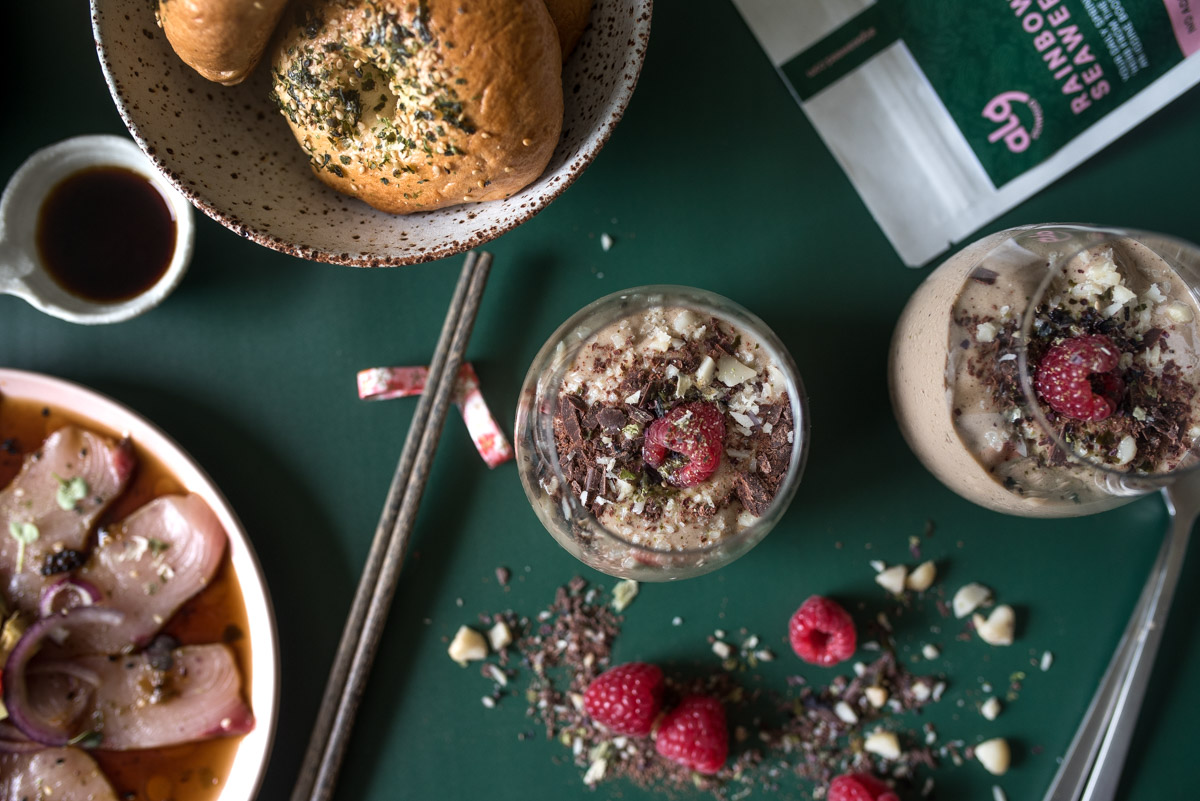
Seaweed Today
Due to the trend of people taking an active interest with health and superfoods over the past few years, seaweed is a prevalent ingredient, and here at SoHealthy we are going to call it as the Superfood of 2021 as it continues to pop up in both cosmetics and meal applications. For example, it has been used as a salt replacement in food, as well as a nutrition and iodine booster to help with weight and blood sugar management. In the future, this sea vegetable is predicted to have an increased presence in the biomedical field, including antiviral, anti-tumour and other treatments. Longer-term, the mass cultivation of seaweed can potentially open doors for energy generation, where seaweed can be converted to biofuels to enable a large-scale sustainable supply. It is a crop that can be sustainably grown and harvested without a significant impact on the environment and doesn’t require all the chemicals and fertilisers of some conventional vegetables.
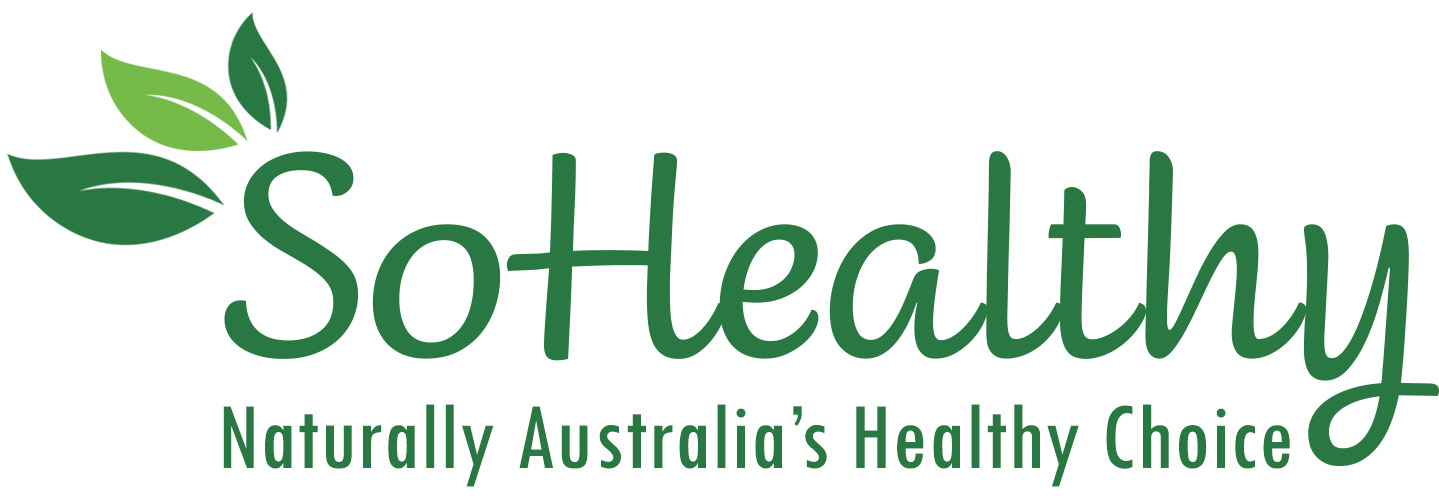

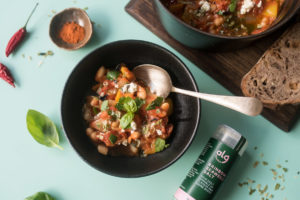
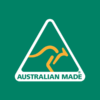
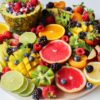

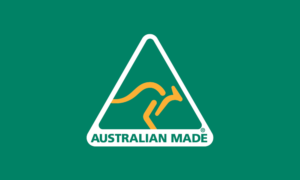
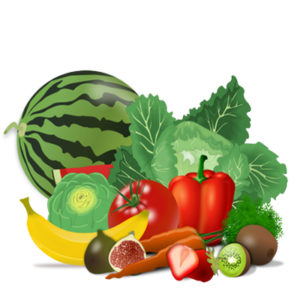
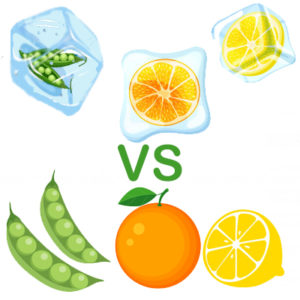

Add comment
You must be logged in to post a comment.